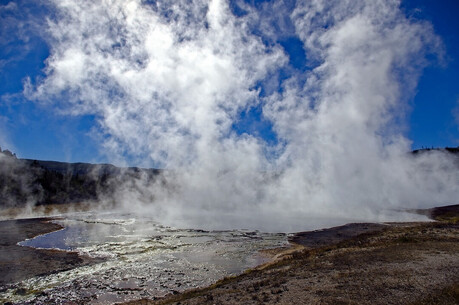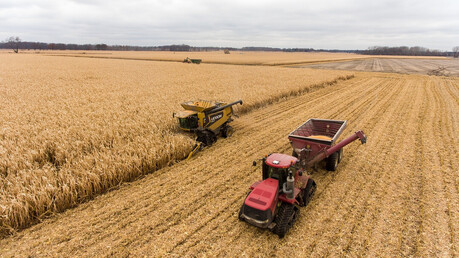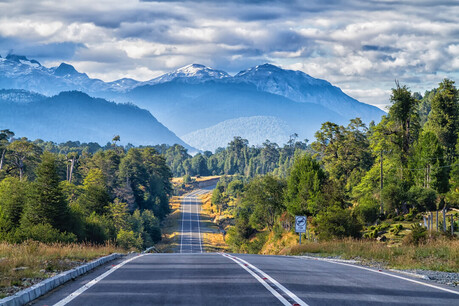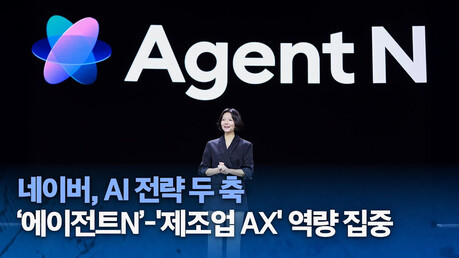
(C) ECOticias.com
In a bold move to break free from fossil fuel dependence and diversify its energy sources, Japan is pioneering a groundbreaking approach to clean energy production in an unlikely setting: a dairy farm. On the island of Hokkaido, home to over 850,000 cattle, cow manure is becoming the star player in generating "pure energy," offering a stable alternative to the intermittency issues inherent in solar and wind power.
Addressing the Climate and Waste Crisis Simultaneously
The world faces its greatest climate challenge yet, making the Paris Agreement's carbon reduction targets an urgent priority. While many nations focus on conventional renewables, Japan is looking beyond, finding new energy potential within "waste" or "discarded resources."
The resource in question is livestock waste, specifically cow manure and urine. Hokkaido is Japan's premier dairy region, housing over a million cows that produce a staggering 20 million tons of manure annually. Improper management of this waste poses a severe environmental threat, particularly due to the release of methane, a greenhouse gas over 80 times more potent than carbon dioxide ($CO_2$) over a 20-year period.
The "Shikaoi Hydrogen Farm Project," currently underway in Hokkaido, is a revolutionary model designed to tackle both this environmental crisis and the nation's energy needs concurrently.
The Manure-to-Hydrogen Process
The project employs a two-step process to transform a potent pollutant into a clean fuel:
Manure Collection & Biogas Production: Manure and urine collected from nearby farms are fed into an anaerobic digester. Inside, bacteria break down the organic matter, producing biogas (primarily methane) and liquid fertilizer.
Hydrogen Conversion: The produced biogas (methane) is purified and then subjected to a high-temperature Steam Reforming process. This process converts the methane into pure, clean hydrogen, which is then ready to be utilized as a stable energy source.
The most significant achievement of this system is its potential for a "carbon-negative" effect, moving beyond simple carbon neutrality. By capturing methane—an unavoidable greenhouse gas emission from livestock farming—and converting it into hydrogen energy, the project simultaneously removes a powerful atmospheric pollutant while producing environmentally friendly energy.
More Than Energy: Building a Circular Resource Economy
The value of this project extends far beyond hydrogen production, establishing a comprehensive resource circulation system that utilizes virtually all byproducts:
Solid Residues: The remaining solid material from the digester is recycled into fertile agricultural fertilizer, reducing the region's reliance on chemical alternatives.
Byproduct Utilization: Formic Acid, which is generated during the process, is used as a preservative for livestock feed, providing another economic benefit to local farmers.
This all-encompassing circular approach prevents soil and waterway contamination while significantly boosting the energy and resource self-sufficiency of the local community.
While the "Shikaoi Hydrogen Farm" still faces technical and economic hurdles, Japan’s method of transforming waste into a high-value energy source is a massive inspiration worldwide. This "Cow Revolution," where discarded manure becomes a core resource driving Japan towards a carbon-neutral society, demonstrates that renewable energy is not just about harnessing nature's forces, but about utilizing existing problems to create both environmental and economic advancement.
[Copyright (c) Global Economic Times. All Rights Reserved.]






























